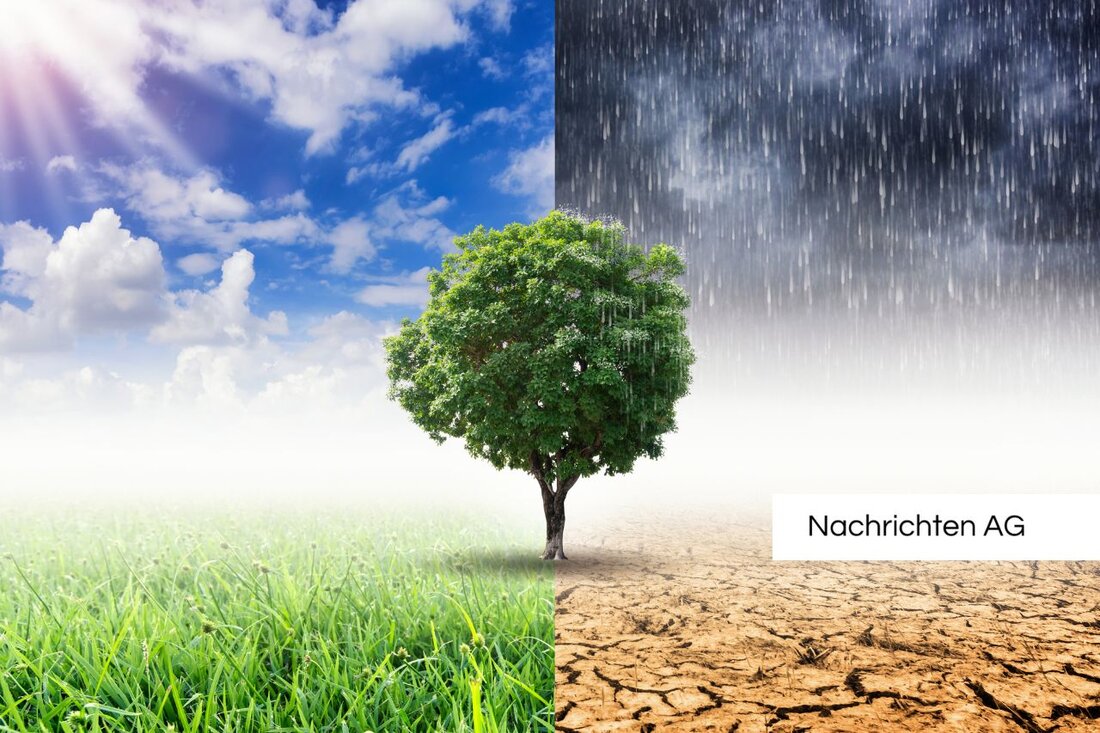Koblenz' Rauental: New trees should escape heat and traffic!
Koblenz initiates climate-resilient measures in the Rauental: New tree locations and traffic restrictions to improve the urban climate.

Koblenz' Rauental: New trees should escape heat and traffic!
In Koblenz, especially in the Rauental district, there are currently some redesign measures that are intended to have a lasting impact on the face of the district. New locations for eight trees are being created in order to give the heat-stricken area more green again. The yellow beacons that have been blocking the parking areas on Moselweißer Straße opposite the church for weeks are a signal to residents that improvement is in sight. Unfortunately, this construction work also represents a significant disruption to traffic that could last for months. As the Rhine newspaper reported, the first hot days of the year have already arrived and midsummer is just around the corner, which doesn't make the current circumstances any easier.
What are the reasons behind these measures? The new climate quarter is intended to help increase the quality of life in the heavily sealed Rauental, where there is currently a lack of greenery and therefore cooling. As a result, residents suffer from the high temperatures and the associated discomfort. The Koblenz University of Applied Sciences accompanies this process scientifically and analyzes how climate-resilient traffic areas can be designed in Koblenz. The Koblenz University has set itself the goal of developing and visualizing the effective measures for better climate adaptation through blue and green infrastructure.
Climate resilience through green infrastructure
The blue-green infrastructure theory proposes integrating natural elements such as water and green spaces into the urban environment to better withstand more extreme weather events. In urban areas where up to 20% of open spaces are used for traffic, sealing leads to increased urban heat islands and limited rainwater infiltration. This means that the city of Koblenz is under pressure to develop innovative solutions that not only enable traffic, but also improve the quality of life and the climate. These findings come from a comprehensive analysis carried out by, among others FORUM VERLAG HERKERT GMBH is supported.
A central element of this strategy is the “sponge city” concept. Rainwater is not simply drained into the sewer system, but is stored, filtered and released in a controlled manner in order to avoid flooding and ensure water availability. The newly planned tree trench system on Moselweißer Straße plays a crucial role: it helps to use the collected rainwater to supply the new city trees and at the same time counteract the urban heat islands.
Park with respect for the environment
Anyone who currently wants to park in the neighborhood must hold back because the current traffic situation is tense. Although traffic-calmed zones and green street spaces are desirable, they also present challenges. It is therefore important that urban planners, authorities and the community work hand in hand to promote the integration of this blue-green infrastructure. Measures such as green traffic islands, permeable paving stones and rainwater gardens are just a few incentives that are intended to help improve the urban situation.
The upcoming changes in Rauental are a step in the right direction, even if they are temporarily disruptive. The mood of residents could improve significantly in the near future if the redesign measures bear fruit. It is hoped that the combination of science, planning and citizen engagement will lead to a vibrant and climate-resilient cityscape. The Rauental has the potential to become a pioneer in sustainable urban development.

 Suche
Suche
 Mein Konto
Mein Konto